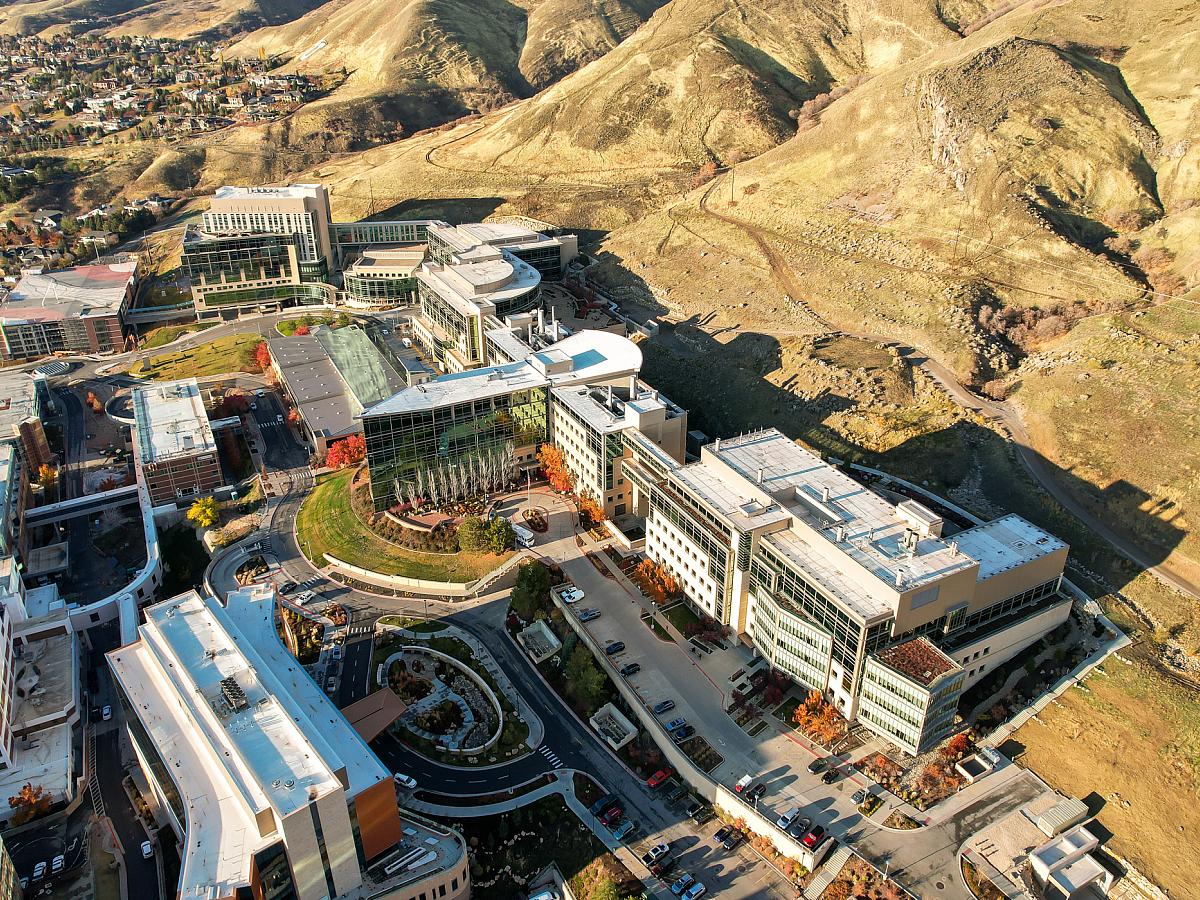The Terry research laboratory studies the pathophysiology of hemodialysis vascular access failure. Dr. Terry is a pharmacologist with expertise in localized drug delivery and utilizes these skills to develop novel approaches to increase vascular access longevity and function.
Hemodialysis vascular access pathology-Synthetic arteriovenous hemodialysis grafts are created when plastic tubing is surgically inserted between an artery and a vein so that arterial blood flow is diverted into the vein. The vein has less resistance than the artery so much higher volumetric blood flows are possible than what would normally occur in the body. These high blood flow rates allow for shorter hemodialysis times when the graft is needled for hemodialysis. Unfortunately the synthetic grafts suffer from high rates of failure due to thrombosis triggered by vascular stenosis. A native fistula is formed when a vein is surgically anastomosed to the side of an artery. The arterial blood is subsequently shunted into the vein whereupon the vein can be punctured with dialysis needles to access the blood. The fistula is the preferred vascular access for hemodialysis because it has fewer complications once it has matured to a functioning access. However, a very large number of fistulas never mature.
Major Areas of Research
Our laboratory is investigating the use of autologous adipose tissue transplants for the localized delivery of the anti-diabetic glitazone drugs (pioglitazone, rosiglitazone) and the induction and delivery of endogenous adiponectin protein to inhibit stenosis, inflammation and thrombosis in synthetic arteriovenous grafts used for hemodialysis. The glitazones inhibit smooth muscle cell proliferation and inflammation and promote endothelial cell function and also induce adiponectin, a protein produced by fat that has anti-inflammatory and anti-proliferative effects.
We also are investigating the localized application of novel protein-based anti-thrombotic drugs that target anti-coagulant effects specifically to areas of vascular injury. The advantage to localized anti-coagulant approaches is decreased risks of systemic bleeding events.
Our laboratory, in collaboration with the Cheung and Shiu laboratories, is using magnetic resonance imaging to collect blood vessel lumen and blood flow data over time in newly created native arteriovenous fistulas of patients in order to determine the blood flow forces that correlate with positive and negative fistula outcomes.

